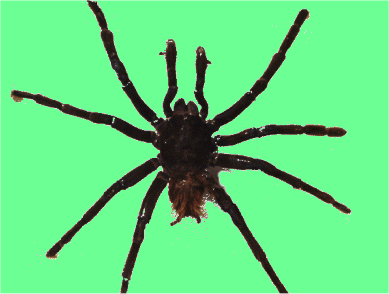Spider silk is lightweighted while as strong and tough as steel or Kevlar. Spider dragline silk is an ideal material for numerous applications and might also have many biomedical applications, due to its biocompatibility and biodegradability.
Natural dragline silk cannot be conveniently obtained by farming spiders as they are highly territorial and aggressive.
Expressing recombinant silk protein is a challenging task because of its ultra high molecular weight (250–320 kDa) and the repetitive nature of the protein structure, and biased abundance of the amino acid glycine (44.9 %).
Sang Yup Lee and his team, KAIST, Daejeon, Republic of Korea, could successfully express the nativesized spider silk protein for the first time in metabolically engineered Escherichia coli within which the glycyl-tRNA pool was systematically elevated. Then, they performed highcell-density cultures for mass production of the recombinant spider silk protein and developed a simple, easy to scale-up purification process for the silk protein.
In collaboration with Young Hwan Park, Seoul National University, and David Kaplan, Tufts University, the produced recombinant protein could be spun into silk fiber. This system can now be employed for mass production of native-like spider dragline silk.
- Native-sized recombinant spider silk protein produced in metabolically engineered Escherichia coli results in a strong fiber
Xiao-Xia Xia, Zhi-Gang Qian, Chang Seok Ki, Young Hwan Park, David L. Kaplan, Sang Yup Lee
Proc. Natl. Acad. Sci. USA 2010, 107, 14059–14063.
DOI: 10.1073/pnas.1003366107



